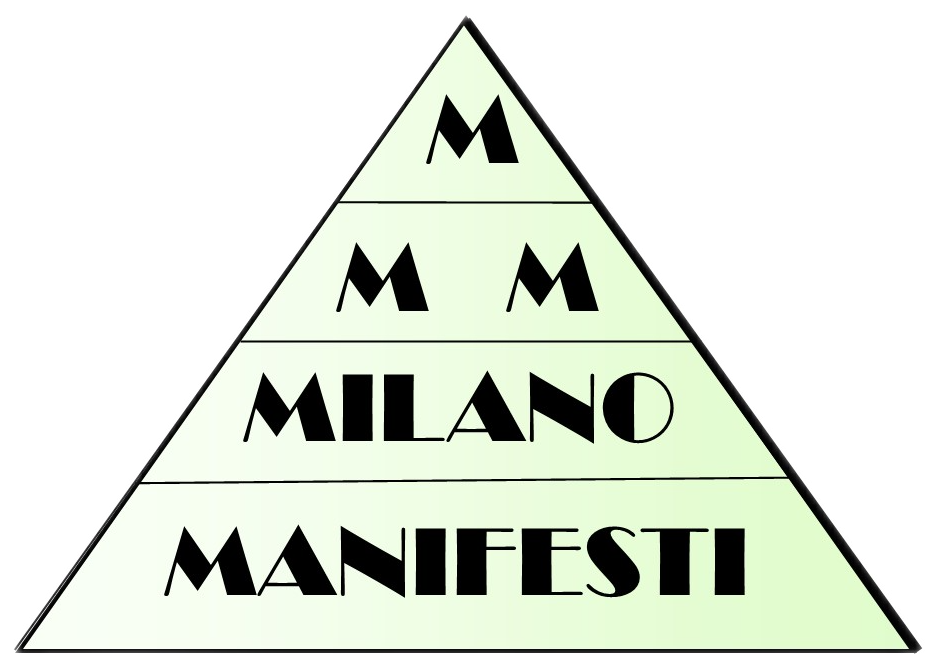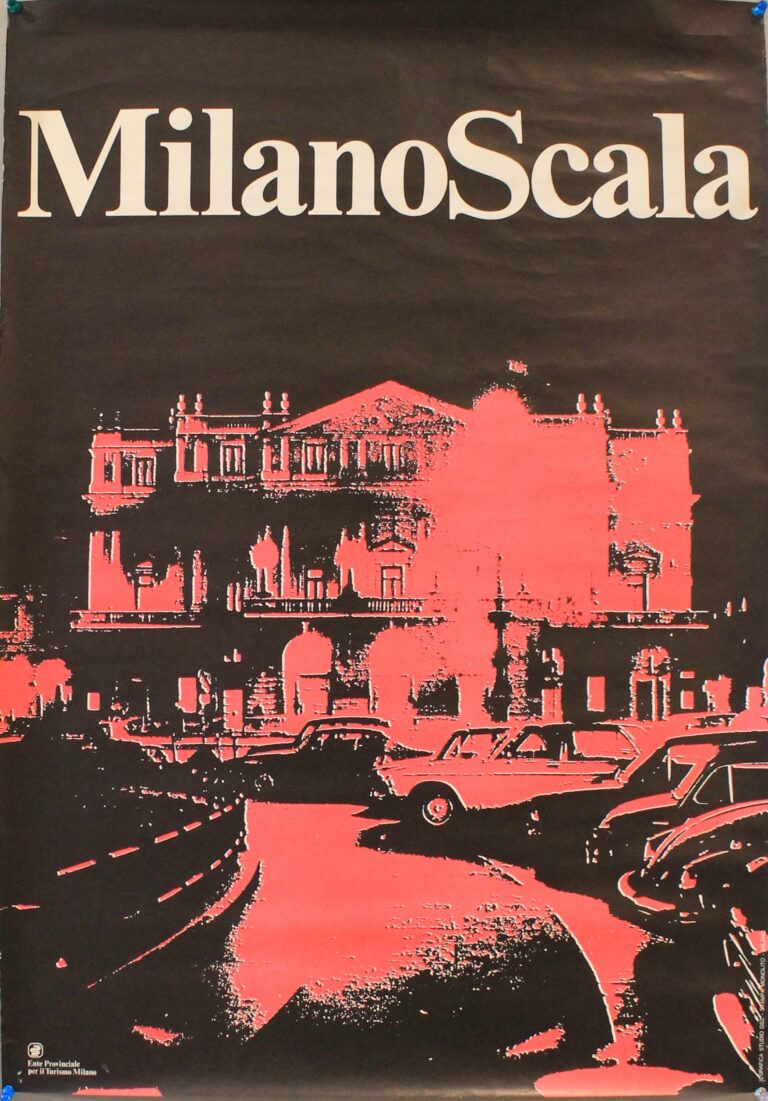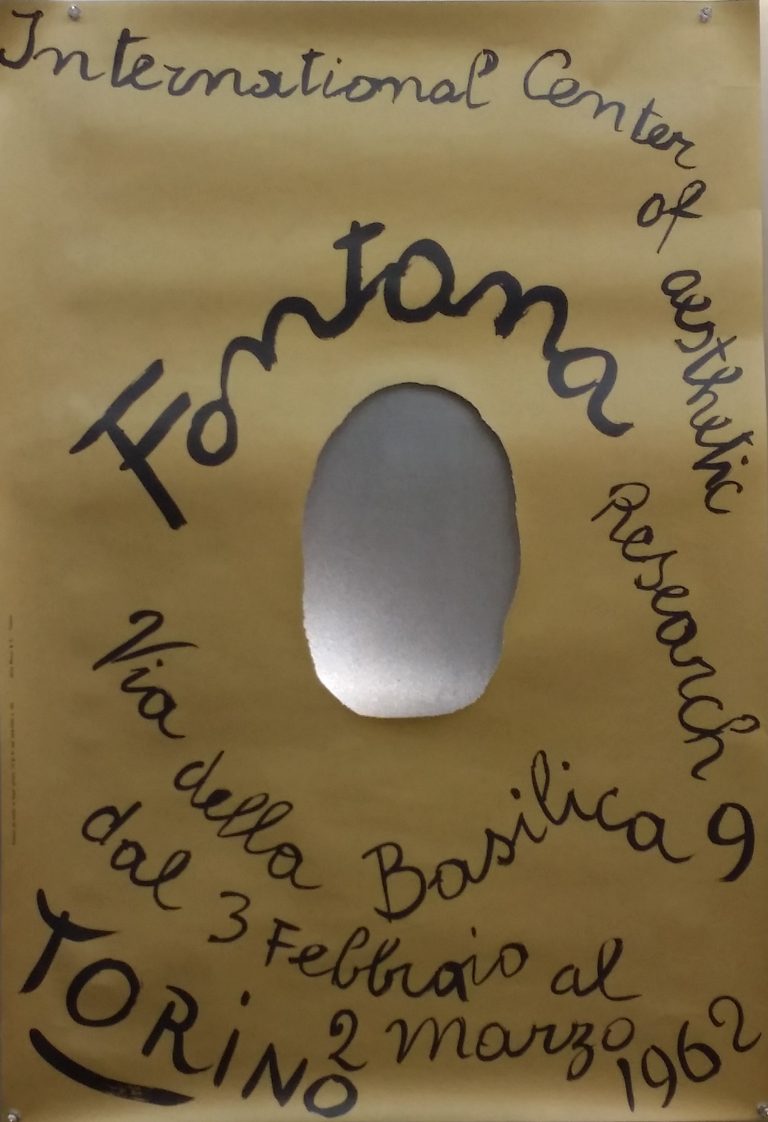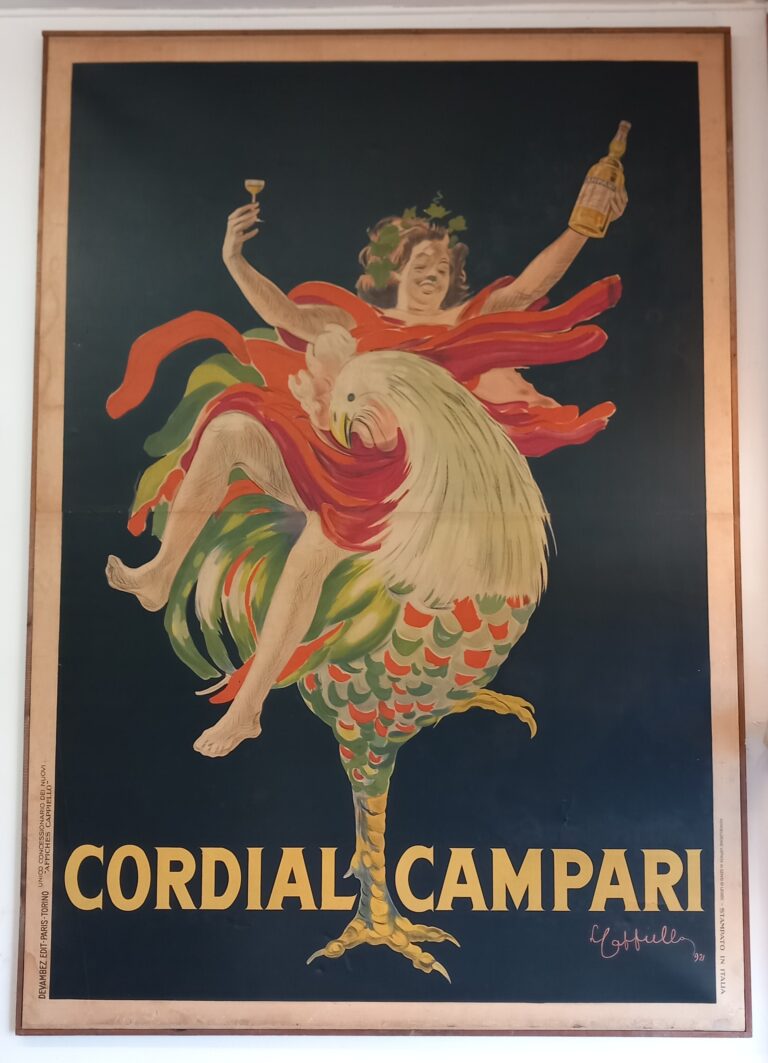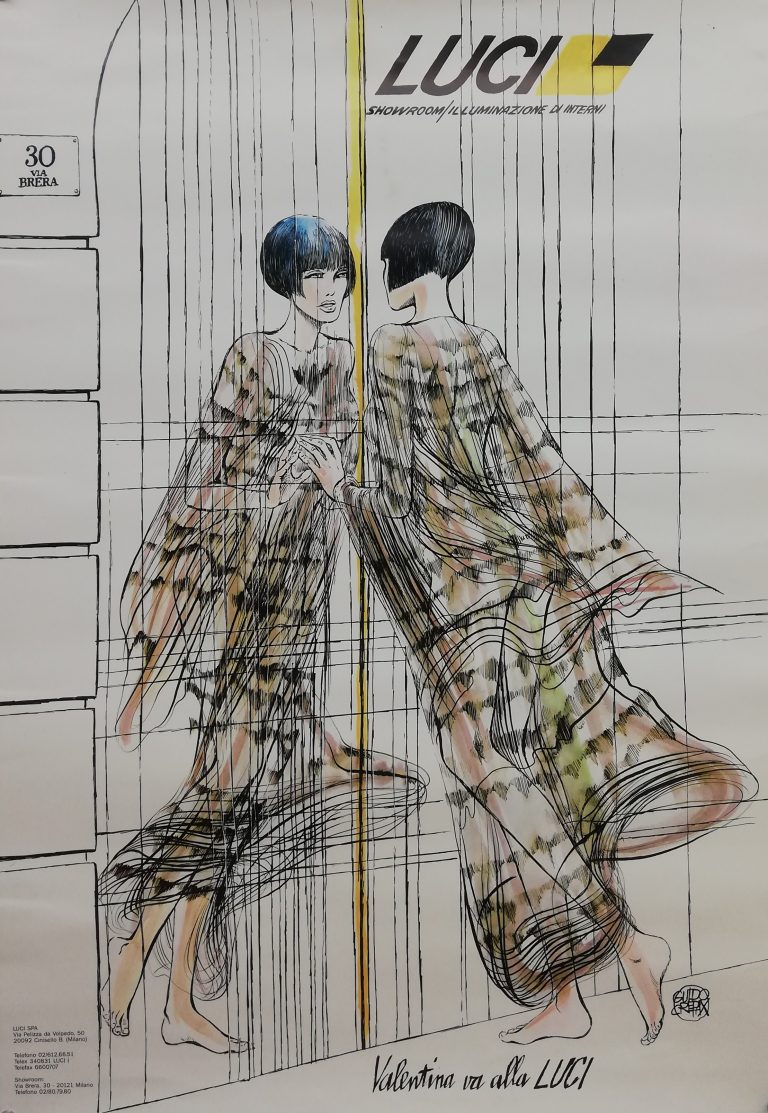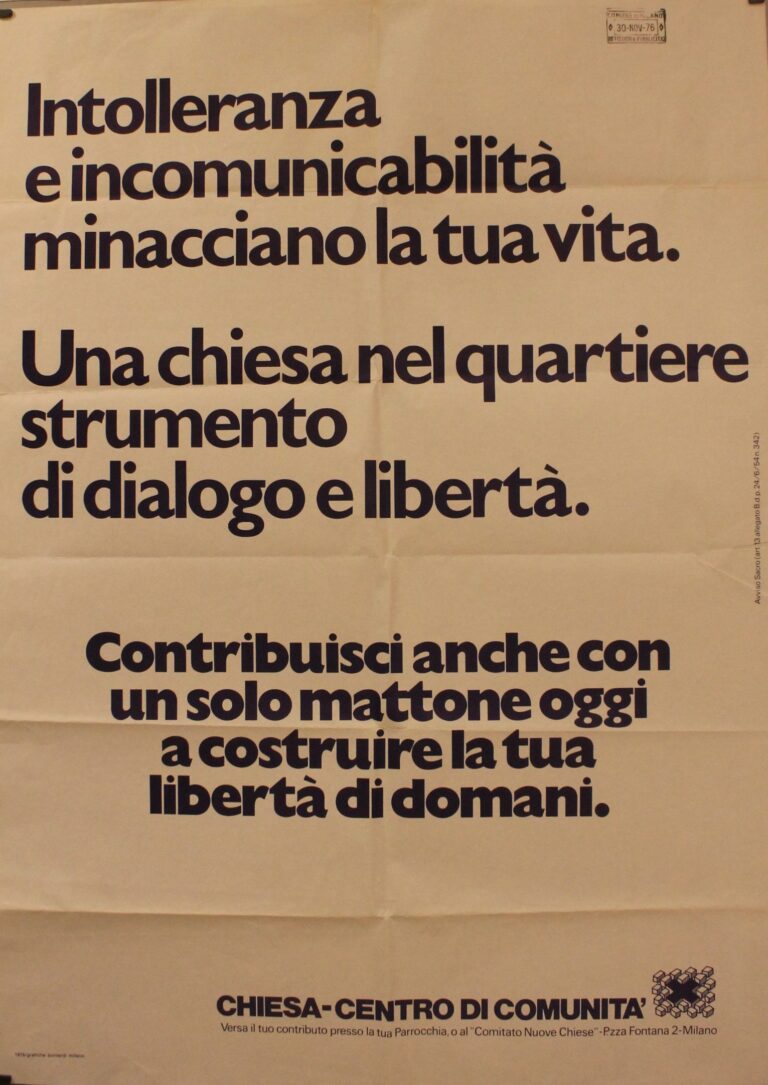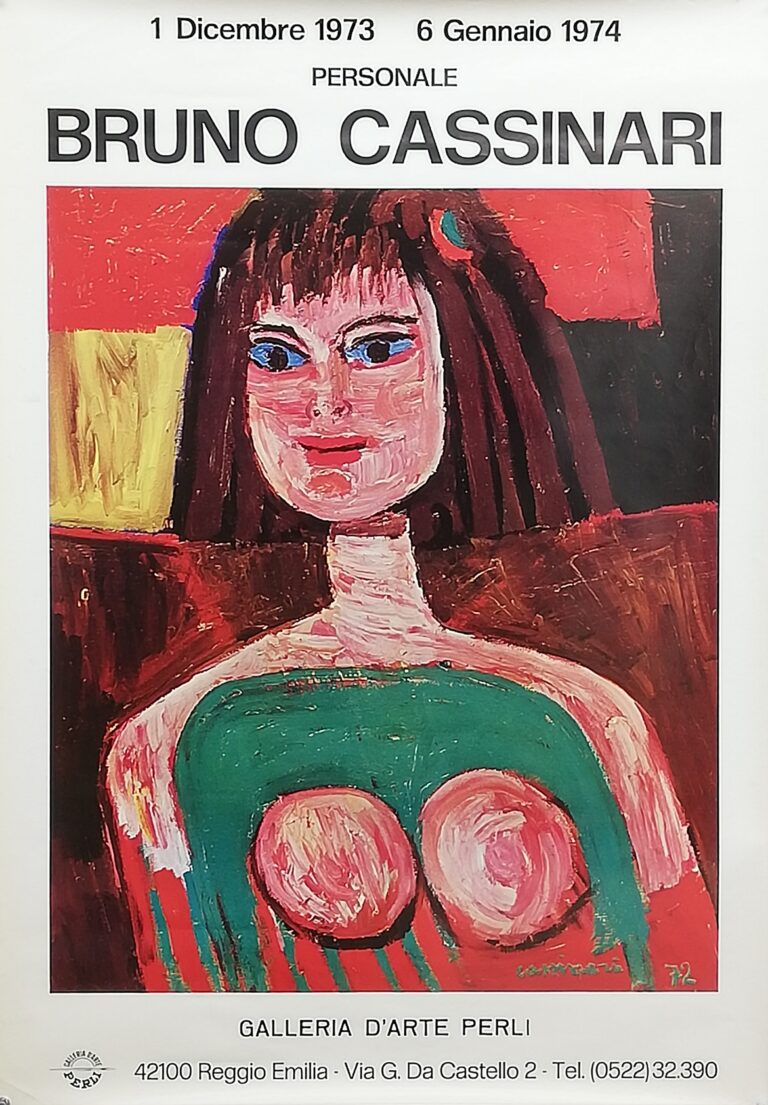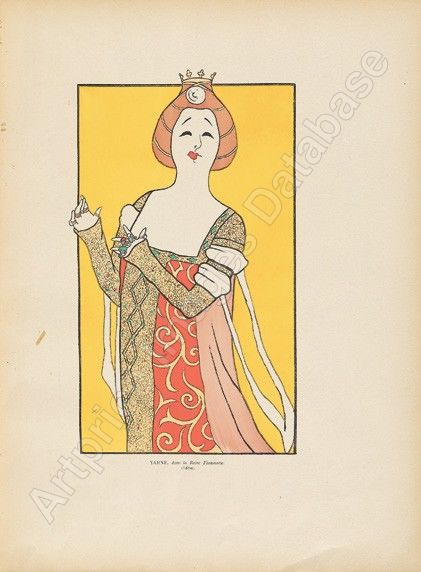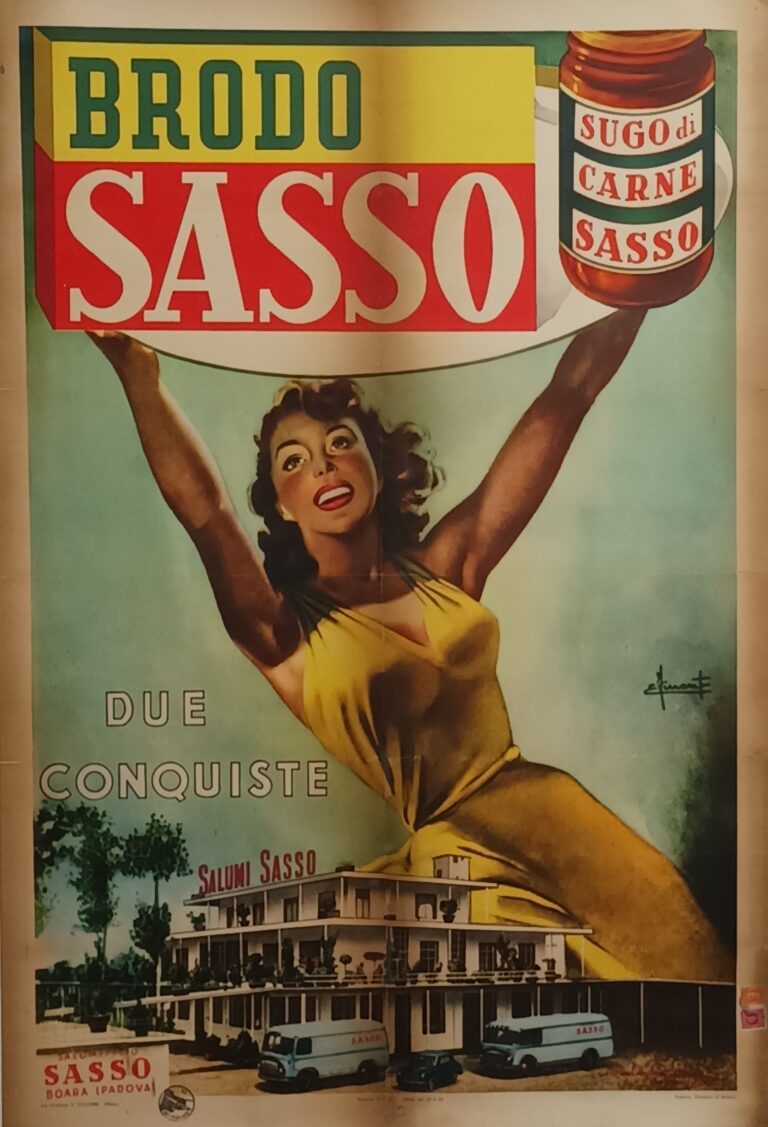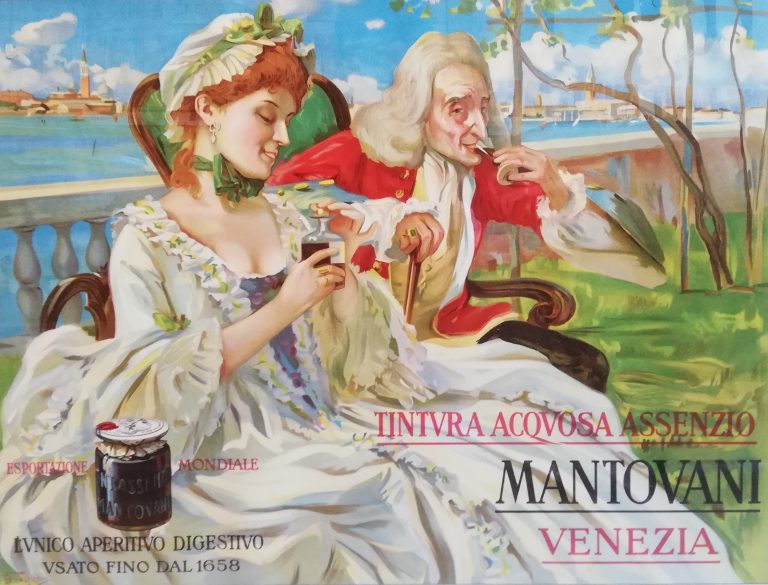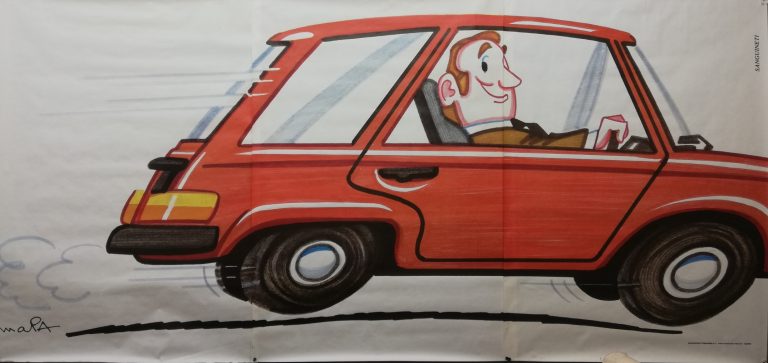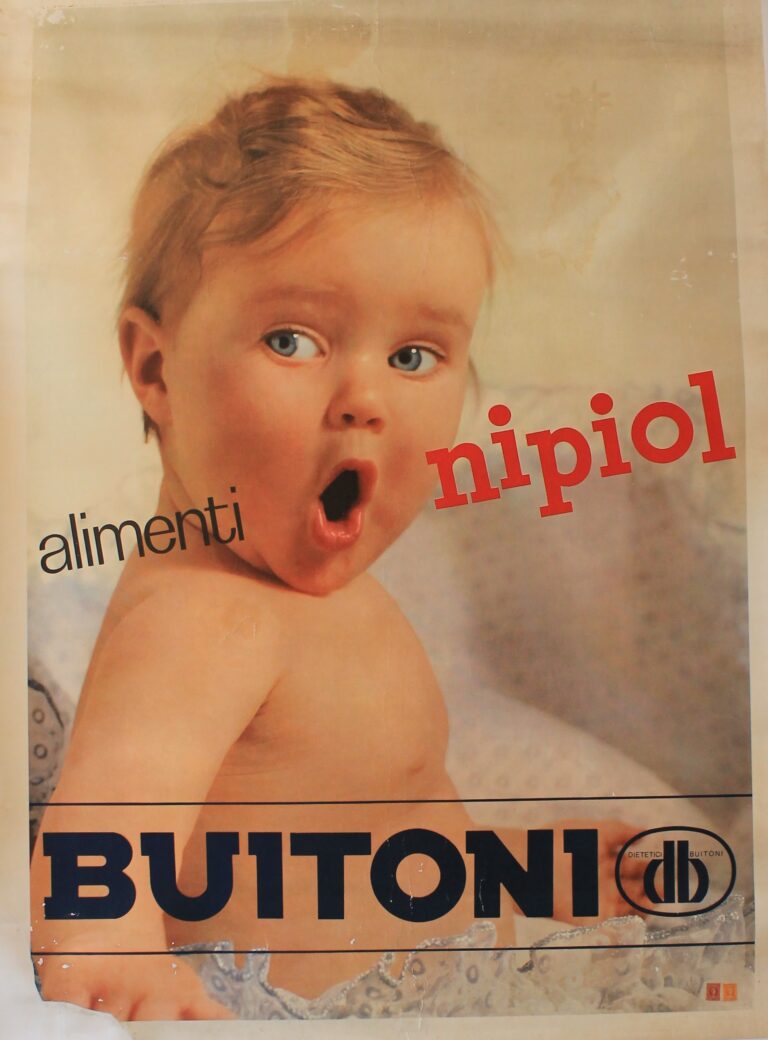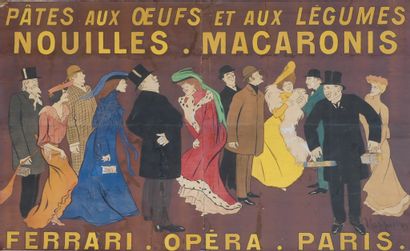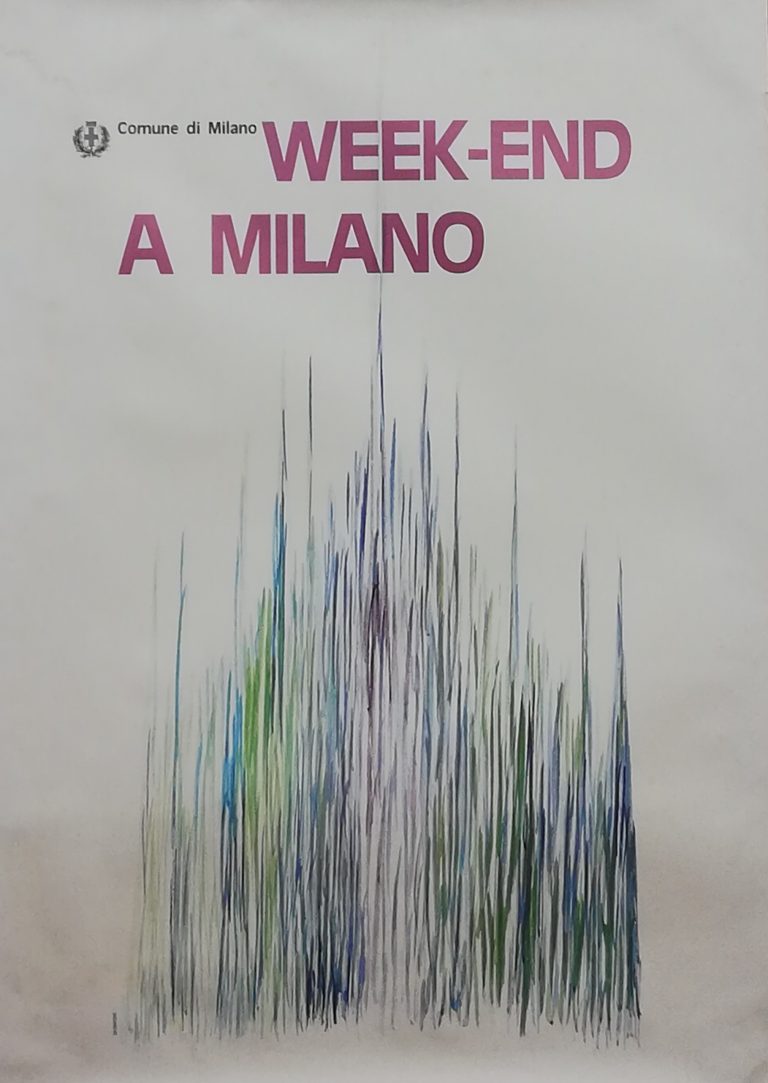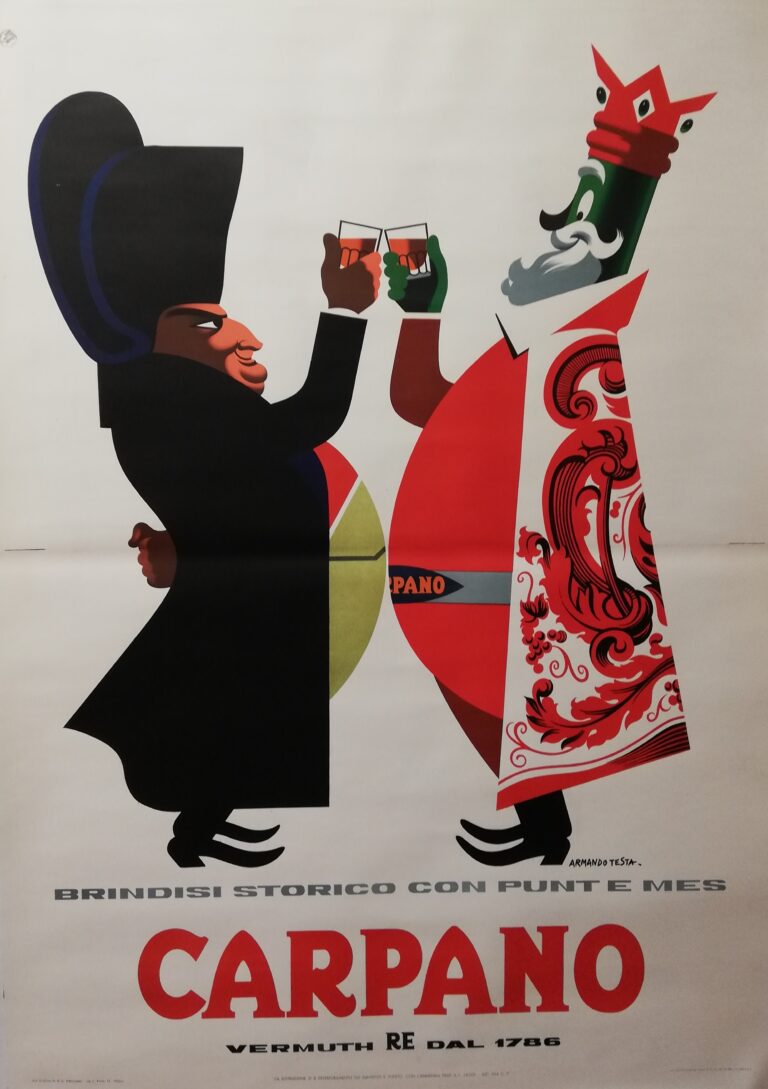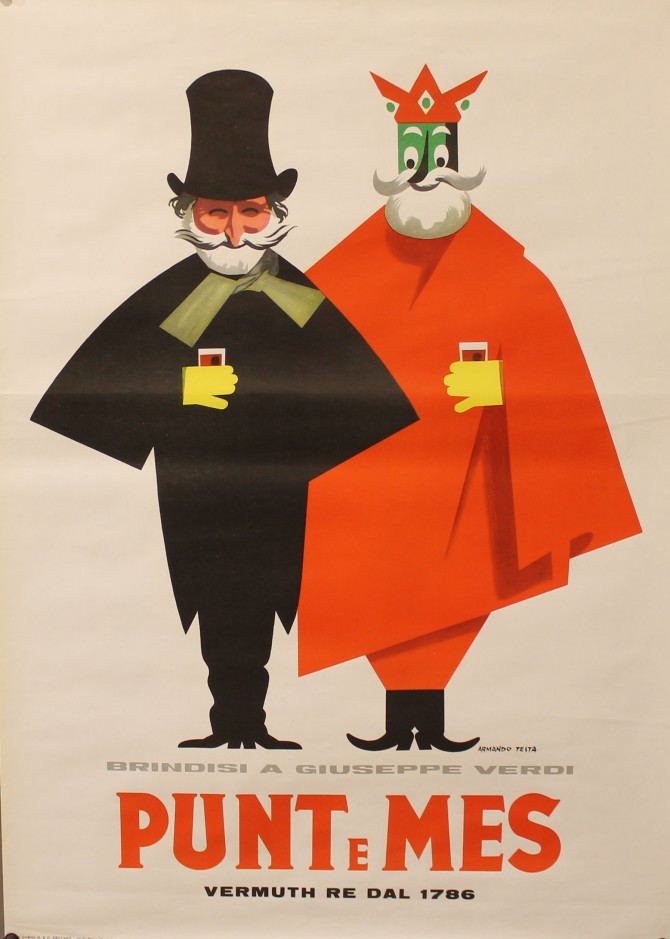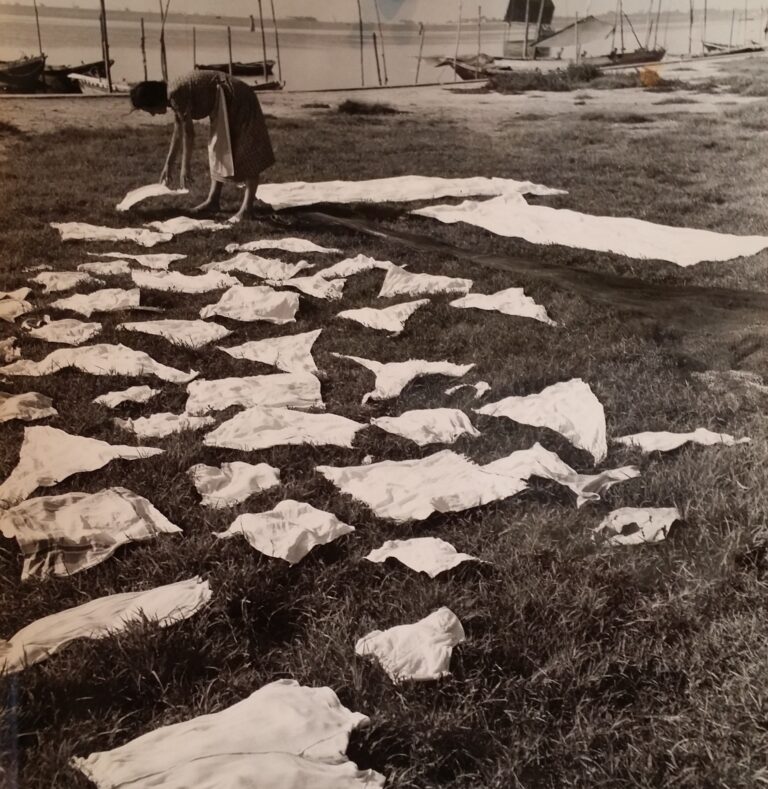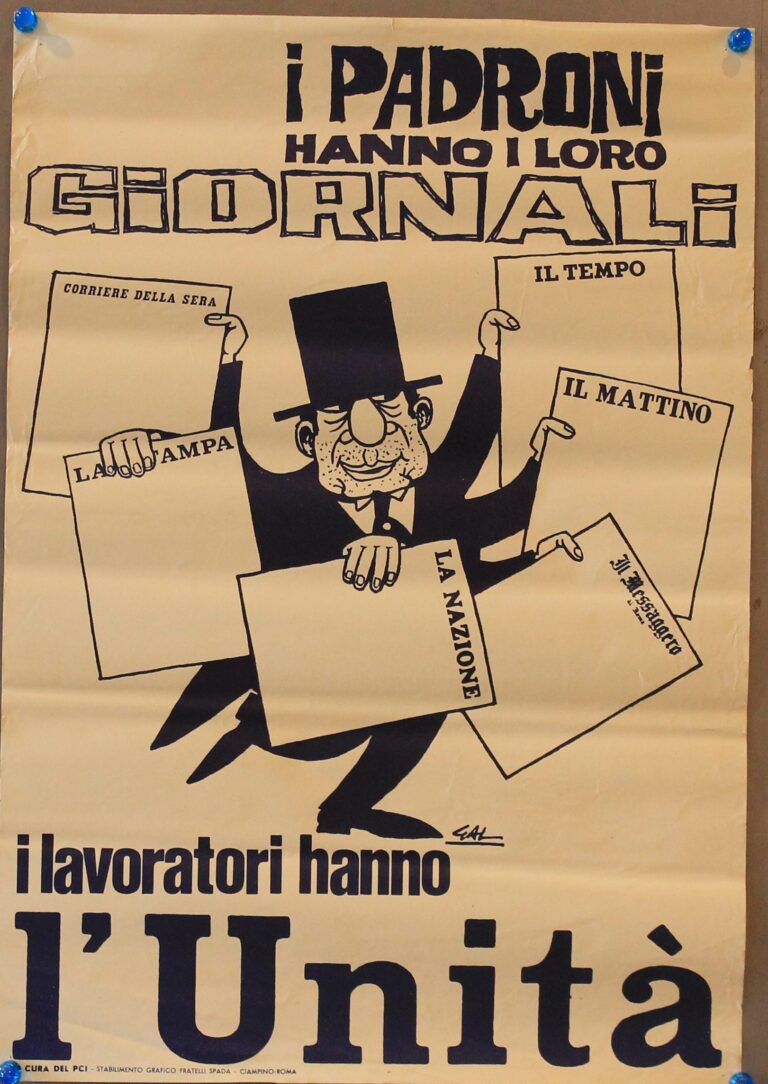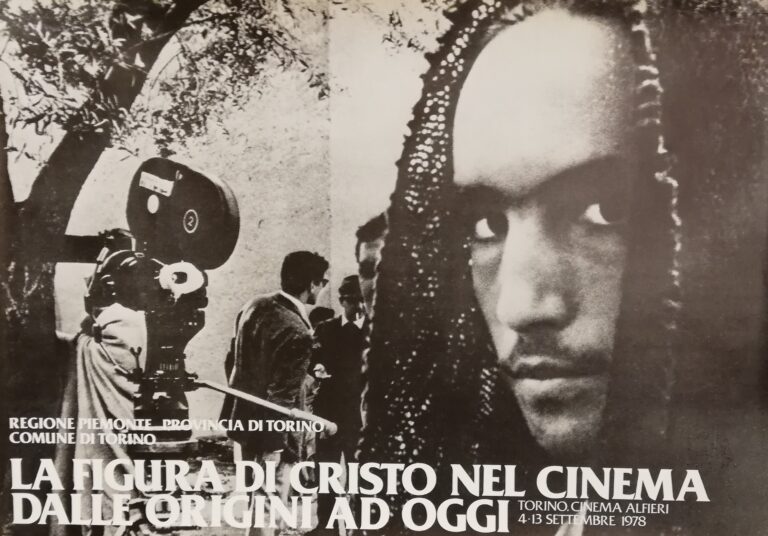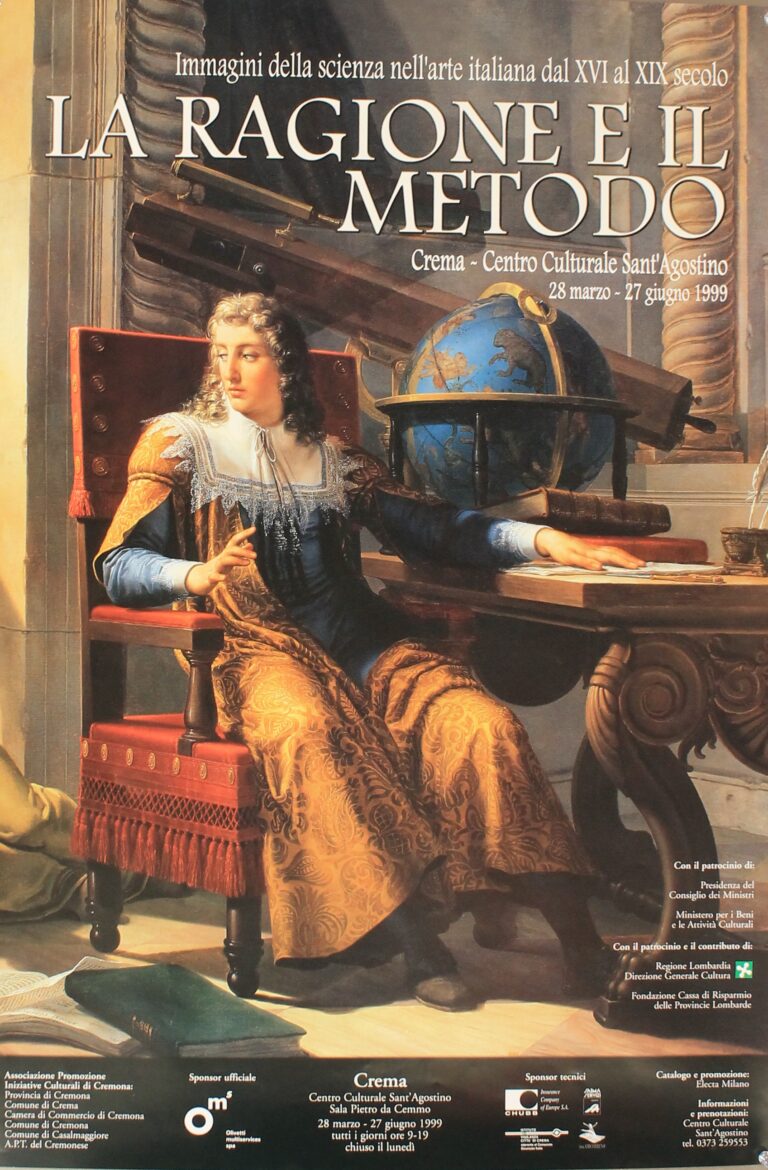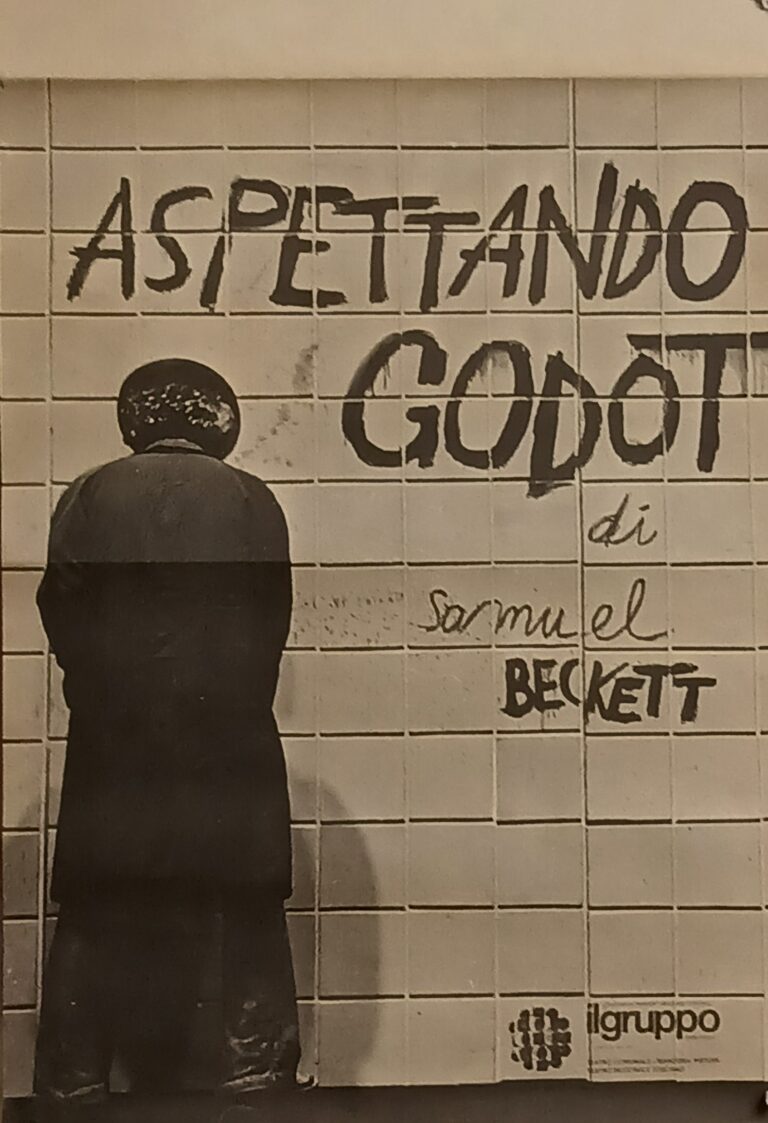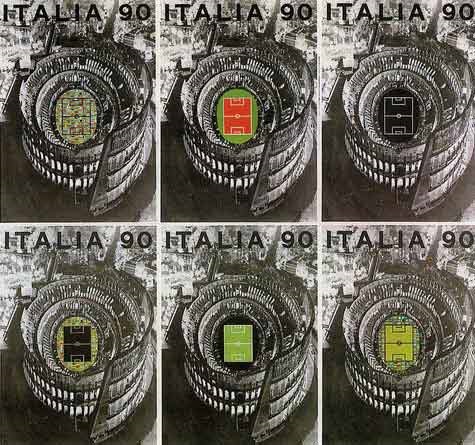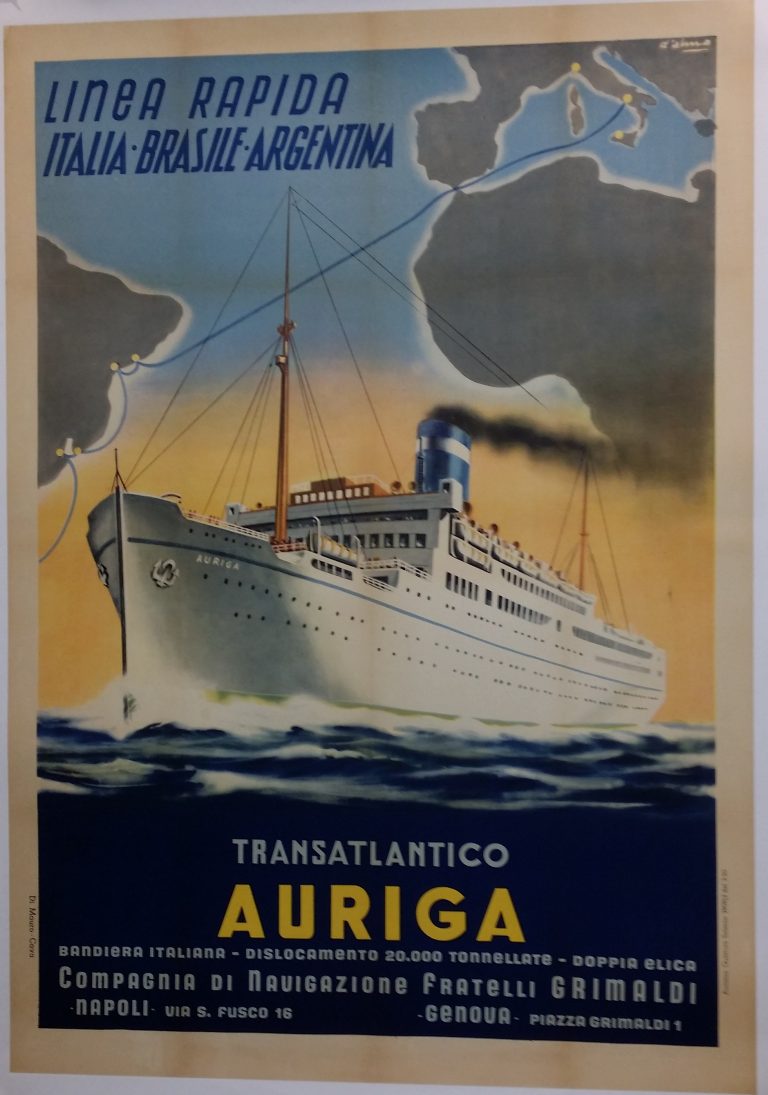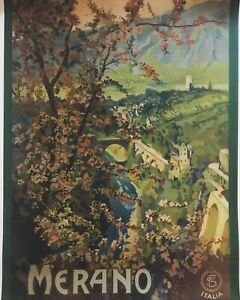After some decades looking for posters around the world, and after the retirement from my job, I decided to dedicate myself full time with my son Andrea to our collection of old posters.
We have therefore acquired two windows in the Isola district creating an exhibition and sale space. The aim is also to establish a meeting point between enthusiasts, able to develop even in Italy an attention to the original vintage poster.
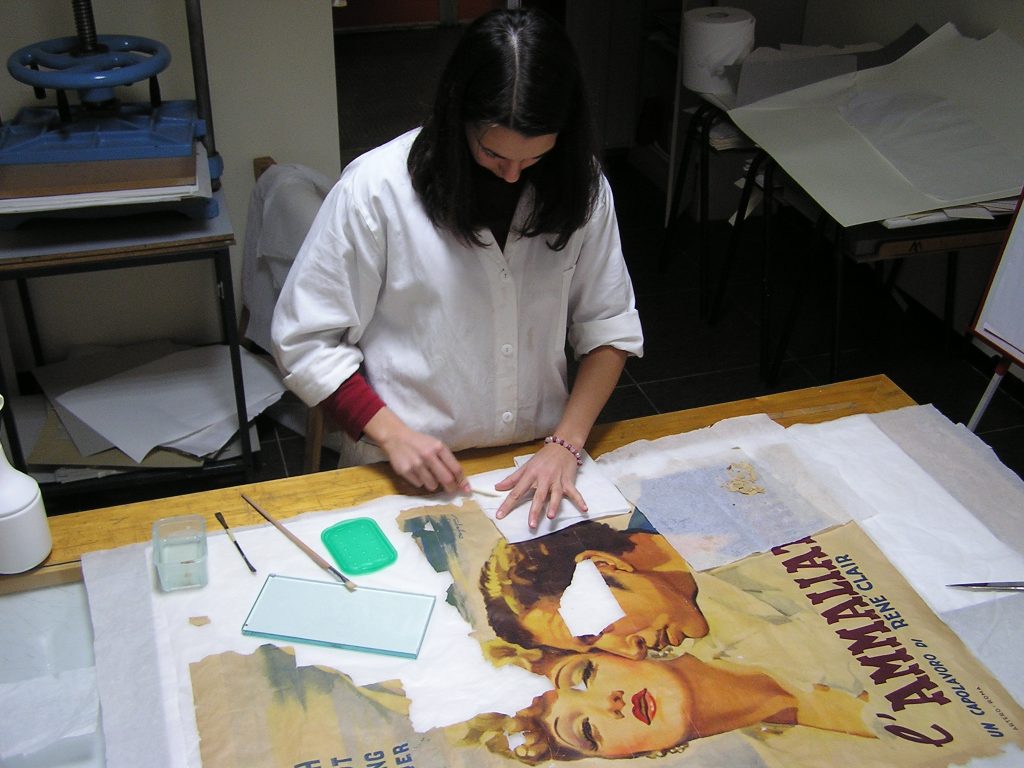
Valentina Paoli for restoration 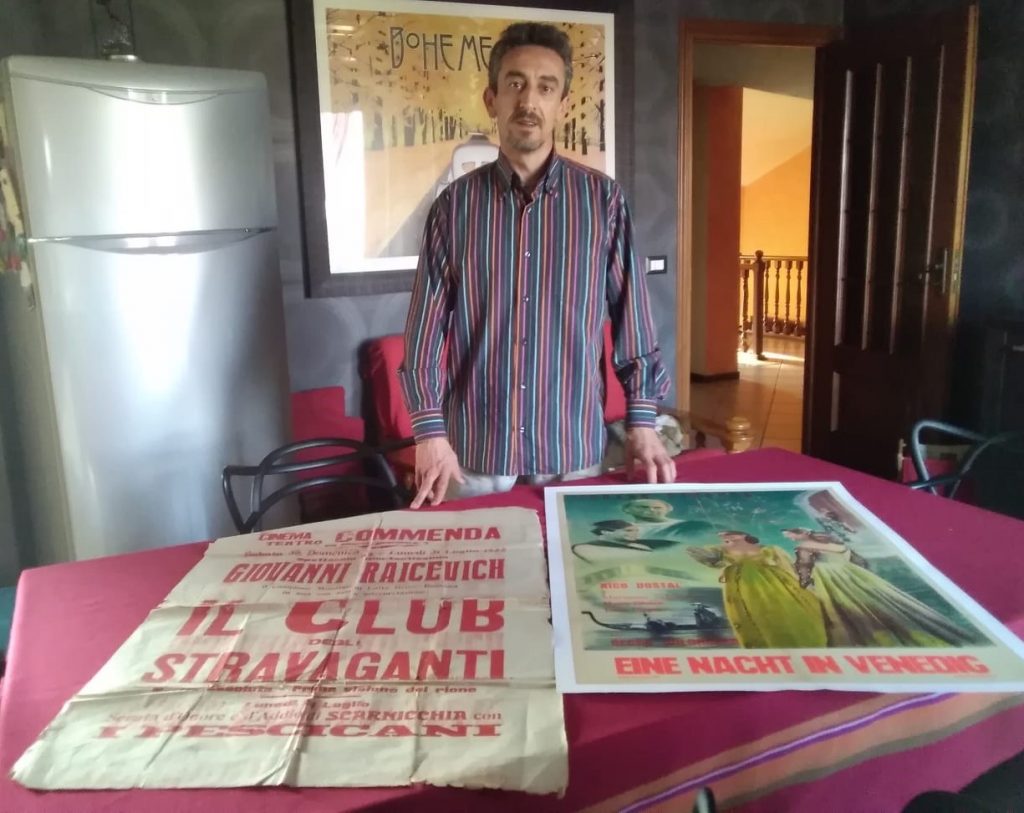
Marco Ferrero for bakings 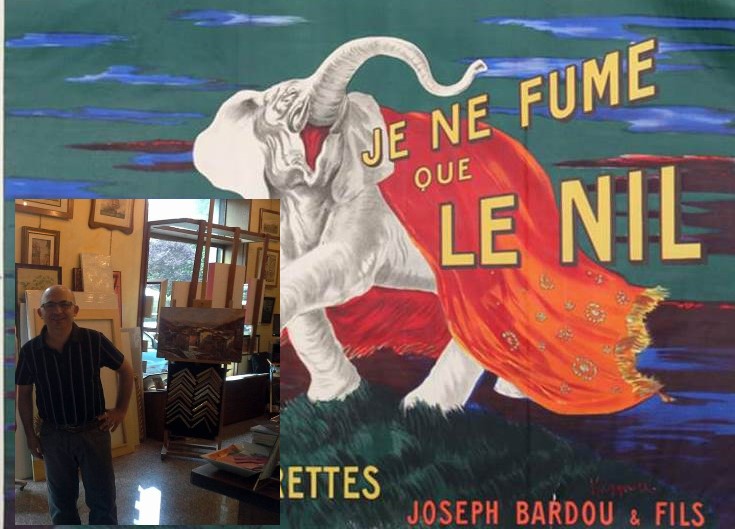
Salvo Blanco for the frames
FOR ANY INFORMATION: ph 0039.339.6616415 – 0039.3391496417
WHAT DOES “ORIGINAL POSTER” MEAN ?
In general we agree with the following statement of Jack Rennert:
“An original poster is the very first printing of the image, the one that was intended to go on a wall as an advertisement. Subsequent printings carry no intrinsic value outside the decorative sphere.”
and with the content of a US website on fake posters:
“A poster that is 30 years old means that the paper has aged, even if rolled up, the edges or borders are a little browned by the light. Be more wary of linen backed posters as they may have been deliberately linen backed to hide their spanking white backsides. The printers’ details are generally poorly reproduced , often or not even present. And usually the quality of the impression leaves something to be desired. The large Tattinger, Dutch version, is missing some of the printers’ details and it is a few tones lighter as if it is a photo derivative of the earlier original. I think it is fair to say the small version is just a reproduction. Fortunately there are very few deliberate copies of large format posters. The small format Chanel No 5 Warhol, has long gone and the copies now on the market are pretty poor quality. No one has attempted to copy the large bus stop format.
( from www.vintage-poster-truth.com )
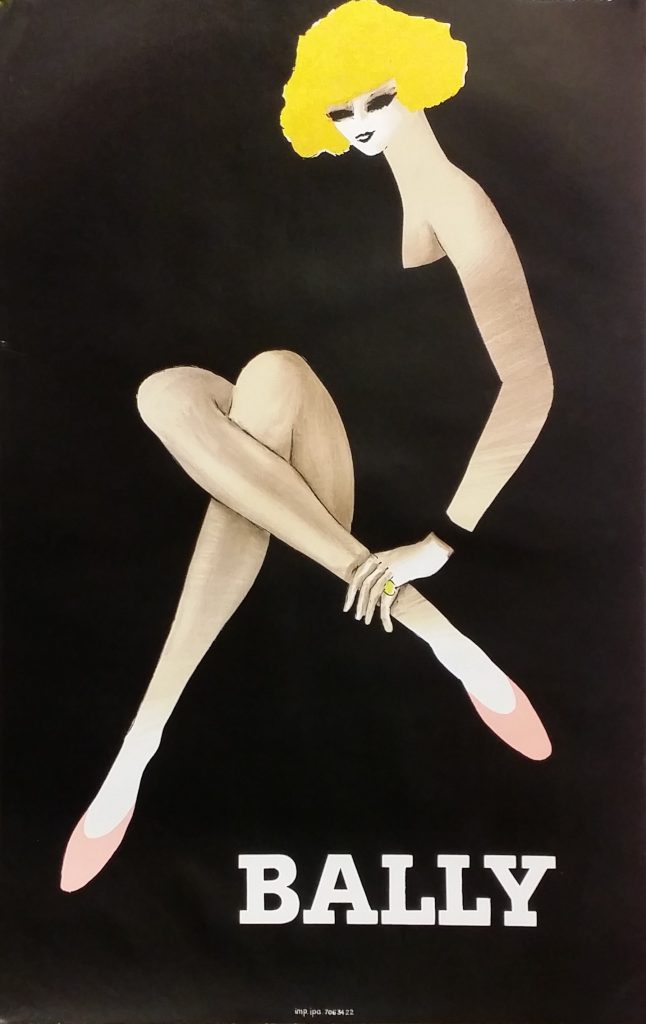
Unfortunately, in Italy the problem of the originality of a poster is still poorly addressed and documented. On youtube however you can access some interesting videos made by overseas dealers. Just as an example and with regard to the film posters I would like to point out an U.S. video that compares original and fake posters, even if it still does not deal scientifically with the problem, for example neglects the possibility of analysis of inks.
We add that a posters backed on linen also cannot be adequately appreciated in terms of the quality of paper, thickness, stiffness, dryness, smell etc.
AESTHETIC AND ECONOMIC VALUE OF A MINOR ART
In Italy we are surrounded by beautiful ancient works of art, so we tend to neglect and devalue more recent forms of artistic expression that were not born with a priority artistic purpose. This reasoning applies to all applied arts, such as architecture, construction, interior and industrial design or even some gastronomic specialties. Instead, it is also in these cases of real artistic expressions in which art is simply, as they say, “applied” to a product intended for function other than purely artistic. In the case of the poster and the billboard, it is an art applied in order to communicate the existence of a product or service and to stimulate its purchase or use.
The creation of a billboard was in the past strictly connected to people, places and techniques, in some cases for purely artistic purposes. Examples include posters of great artists such as Toulouse Lautrec for Parisian chantant cafés, or the purely decorative works by Mucha, among other things recently followed in this direction by Razzia which also has an autonomous poster production free from the industrial advertising message. Techniques and places were then even more closely linked.

Let’s think of tempera, oil or watercolor sketches, or drawings on paper or litographic stone, how close they are to the engravings and paintings proper. Finally, the subjects and places represented and the technical production spaces. Let’s think about when Mario Puppo painted the Gulf of Naples, or Cappiello who worked in the bright penthouse of his vast Parisian studio.
In these phantasmagoric places under immense skylights, and smeared with inks and the most unlikely chemical solutions, the artists worked on their works. First they drew the sketch, then redesigned the countergraphic image on huge stone slabs, and finally eagerly awaited the first print test. The posters at that point, if approved by the client, came to life on the walls of the streets, inside the shops, under the arcades of the cities and in the foyers of the theaters. Then they regularly ended up in the trash. In some fortunate cases the industrialist, the impresario or the printer kept some archive copies, others were forgotten in some dark corner, others still lay unused because they were printed in too many. This is how from hundreds, or at most a few thousand, printed copies are preserved only a few. These sooner or later happen under the watchful eyes of collectors and art critics. In France the attention of the collections developed very early, in other countries later, in others it is not yet present. In the Paris of the ” belle epoque” were already published magazines on the new art (think only of the Maitres de l’affiche by Jules Cheret or the similar work of Maindron). Here in Italy, however, in the Venetian countryside, there was at the beginning of the century a wealthy gentleman, Fernando Salce, who first chases on his bicycle the bill stickers to get a copy, then buys posters all over the world and finally collects in Treviso the largest Italian collection. This collection is now beautifully rearranged and welcomed in the museum of Treviso dedicated to him. For years, magnificent posters fairs and crowded auctions have been held in the United States where posters from merchants around the world are sold at dizzying prices. The spaces of their villas allow it, our apartments a little less, but the market meanwhile is taking off in Italy. The Bolaffi auctions in Turin are a banner and begin to consolidate the prices, thus better guiding sellers and buyers.
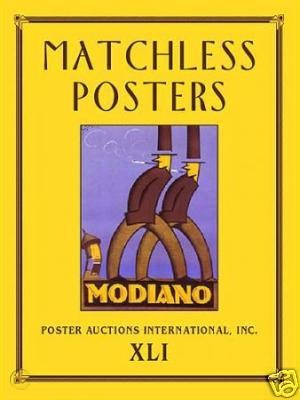
Here opens the chapter of the vintage posters commercial side. As is well known, these are multiples, of which it is almost never known how many copies have been produced or how many survive. However, we move in the order of the hundreds and as they arrive in the different auctions the average price at which those specimens have been assigned defines the value of the manifest, except small variations according to for example the state of storage, the backing on linen, any restorations, any signatures or dedications and so on. The interesting aspect that discriminates the postero from another contemporary art product lies right here, in the relative narrowness of the price range and in the relative constancy of value. While a young or less young artist of the 20th-year-old can tick off for a certain work and in a certain sale a very high price that can then rise, but also collapse the following year, the poster has a more constant and definable value, which is settled on a more limited range, defined precisely by the different auction passages of his specimens. This value definability is a phenomenon exclusively related to its multiple character and is very simple to explain. If there is only one copy of a painting, it is the same one that makes the price, and this can precisely change in an unpredictable way, rising or collapsing according to external we call factors such as the author’s fame, fashions, the ability/inability of gallerists. On the contrary, there are several examples of the same poster that in the same period are sold by several gallery owners and auction houses, popping up different prices, but always very close as it is clear that both the beater and the buyers are well aware of the value that was attributed to him in the immediately previous sales. These different sales in different places of specimens all the same, if considered as a whole, are precisely indicative of the value of that poster. This is how we know that a Mucha is worth around ten thousand Euros, a Campari di Cappiello a few thousand and a Boccasile a few hundred. These look like generic quotes, but they are instead orders of magnitude useful to avoid bad purchases as can happen for a painting, which can also be passed in the auction at a good price, but maybe twenty years before and the attribution of that certain value was episodic. Obviously this reasoning applies to contemporary art, different is to speak of an impressionist or a Raphael whose quotes have consolidated over many decades. Going back to our posters and considering that these are still more modest and affordable figures, these orders of magnitude of the auction exits represent a safeguard for the buyer, who has the possibility tomorrow to recover what was spent or maybe something more, but certainly not much less.
The original poster is therefore in the context of the minor arts, but like the designer objects signed, it is no less interesting from an economic investment point of view and is certainly more reliable and affordable. The original poster thus represents an opportunity to enter the art world and enjoy their works without spending exorbitant sums and with a reasonable certainty that the price paid corresponds to its market value.
Finally it is worth spending a few lines on the nature of the original poster compared to its reproductions. Around how to distinguish an original from a reproduction, or even a fake, has already been spoken out above, interesting is now to reconstruct its history and the respective nature of the original and its copies. As mentioned, the manifesto is produced to advertise a product or service, not to be sold and not for purely aesthetic purposes. On the contrary, reproduction is produced precisely in order to be sold as a furnishing complement. The original poster was also produced in a number of copies, which may be numerous, but are of a finite number. On the contrary, its reproductions can be produced indefinitely. In this the original manifesto differs from its reproduction and is worth much more precisely for its historicity. It is not in fact the pleasantness of the image itself, as sometimes reproductions can be more “beautiful” than the originals, either because they have not suffered the insults of the time, or because they may have been appropriately improved. Another feature, which however can be common to good reproductions, is the quality of the print. If we are faced with a lithograph, perhaps on stone or a screenprint, we can give it a value also related to the materials and techniques used, which are quite different and more expensive than those used to print reproductions. Finally, the original manifesto represents an “original” creation as it was produced in a certain period, for a certain advertising purpose and for a certain context, hence its historicity. It is not in this liken to a reproduction, produced for furniture, nor to a unique work, produced for aesthetic purposes or once again exhibition or sale. Keeping it in the house means enjoying the artistic image, and also projecting itself back in time, imagining the scenarios in which it was produced or the streets in which it was posted. The peculiarity of an original manifesto thus has a psychological, sociological and cultural value. The lover of the poster sees beyond the value of use for which he was born and gives him a new one. Similar to an ancient collector’s object, it gives the poster a new life and gives it a new value by performing an original fruiting act.
EVENTS HELD AT THE MILANO MANIFESTI GALLERY
THE VINTAGE MANIFESTO: AN ORIGINAL COMPLEMENT OF ARREDO
an initiative for the 2019 Furniture Show, Milan design week and the Isola design district
9 – 13 April 2019 : presentation of conservative and exhibition solutions
10 April at 6 pm : conference on the techniques of preservation, display and lighting of the original posters
ART AND CRAFTS OF THE CONTEMPORARY POLITICAL MANIFESTO
17-22 April 2018 : exhibition of the works of Paolo Cabrini, xylographer artist
Thursday, April 19 at 6:30 pm:
– presentation of South American political murals
– conference of Walter Marossi, political communication historian
– press demonstration at the woodcut of self-produced political posters
THE COLLAGE FROM PICASSO TO THE PRESENT DAY
Saturday, September 23, 2017 at 6 p.m.
conference on the history of collage from the posters, curated by Cristina Palmieri and as part of the personal exhibition of the collagist Paolo Bianchi Manas, 23 – 30 September 11-13, 17-20
THE BICYCLE IN THE BILLBOARD ADVERTISING
4-9 April 2017 at the 2017 Furniture Show
exhibition of cycling-themed advertising posters,
6 April 18 The history of the bike in its posters by G.Genazzini, bicycle historian
EICMA IN MANIFESTI
exhibition of ancient posters with a motorcycle subject at the International Exhibition of Cycle and Motorcycle
guided tour Saturday, November 11, 2016 at 6 p.m.
THE WORLD OF TYPEFACES
ConferenceThursday, October 20, 2016 at 6 p.m.
Speaker: Guido Regazzoni, historian
Conference for Furniture Show 2016: THE ADVERTISING MESSAGE BETWEEN WORD AND IMAGE: WHAT HAS CHANGED IN RECENT DECADES
from the press release of the event “… Let us think of a manifesto first of the last century designed by Mucha or Dudovich, the inventiveness of a Cappiello, the freshness of Boccasile or the synthetic genius that Armando Testa expressed only a few decades ago: how and why everything has changed in terms of words, images, production processes, clients and users ?
We will discuss these changes in the advertisement with Prof. Daniela Salina who lived them firsthand and subsequently made them the subject of study and academic teaching “…
THE BODY IN THE WORK
conversation around art and psychoanalysis
conference as part of Milan Off Isola Festival
Tuesday, June 7, 2016 at 9 p.m.
Speakers: Grace Pumpkin, sculptor, and Fabio Galimberti, psychoanalyst
chair : Marcella Cannalire, psychoanalyst
PAPER CIRCUS: THE IMAGE OF THE SHOWS IN THE ADVERTISING REPRESENTATION
circus-themed posters exhibition at Milan Off Isola
June 7-11, 2015
Exhibitions at EXPO Milano 2015
5-20 June cin cin and gnam gnam : food and drink in advertising posters
10-26 July an Italian in Paris: Leonetto Cappiello and his art of surprise
10 – 25 September the beautiful Europe in its tourist posters
16 – 31 October clothing and fashion in the advertising posters of the 20th century
Collaborations
– City of Verona, exhibition “Album from the front” , Verona 14 October – 16 December 2016
– 24ore Culture, M.L.Miraldi and A.Piazza”Circus Style, Fashion Show” with exhibition and conference at Mudec 28 September 2017
– “Milan and the First World War”, 21 March-2 September 2018, Palazzo Morando,Milan
– “Car that passion, interaction between graphics and design” October 7, 2018-27 January 2018 M.A.X. Museum, Chiasso (CH)
– carosello exhibition: advertising and television 1866-1977, Silvana editorial, Fondazione Magnani Rocca, Villa of masterpieces, Traversetolo, 7 September – 8 December 2019
– numerous videomakers and production companies for stage set-ups
for any information, by phone, SMS or WhatsApp
339.6616415 – 339.1496417
